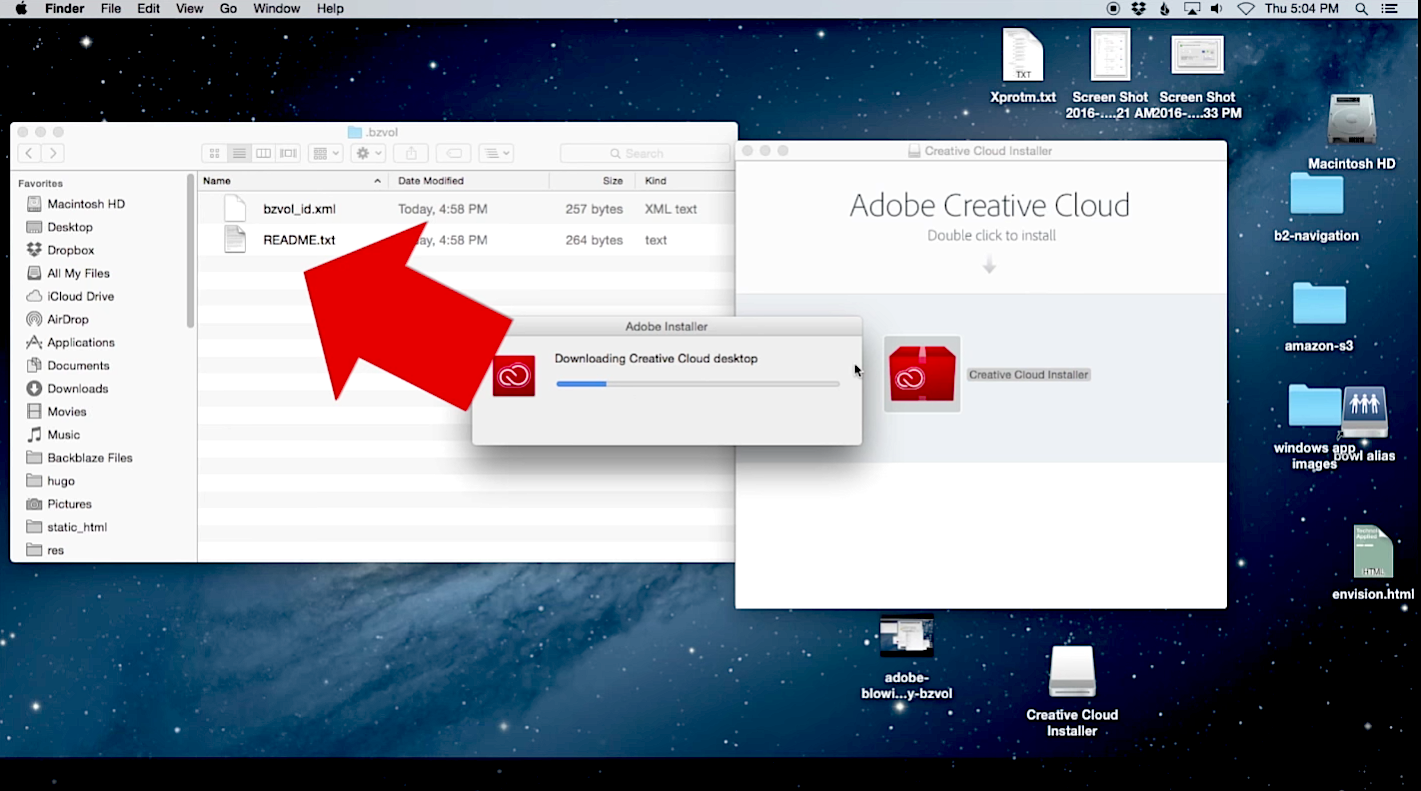

The multiple logic bugs could result in code execution with elevated privileges.
#Adobe patch 2018 windows
This bug in the Windows Installer could allow an elevation of privilege due to the improper sanitization of input. CVE-2018-0868 – Windows Installer Elevation of Privilege Vulnerability Still, this is the sort of bug used in spear-phishing attacks. However, based on the advisory, the attack requires a user to click the malicious link in order to be susceptible. Once at the page, the user would be enticed to enter their real credentials. An attacker could use this vulnerability to replace a legitimate OWA interface with a fake login page. This patch corrects a bug in OWA that fails to properly sanitize links presented to users.

CVE-2018-0940 – Microsoft Exchange Elevation of Privilege VulnerabilityĪnother of the publicly known bugs for March involves an elevation of privilege vulnerability within Exchange Outlook Web Access (OWA). Of course, another alternative is to completely disable RDP, but since many enterprises rely on this service, that may not be a practical solution. While these settings are disabled by default, Microsoft does provide instructions to enable them.
#Adobe patch 2018 update
Sysadmins must also enable Group Policy settings on their systems and update their Remote Desktop clients. It’s also important to note that simply applying the patch isn’t sufficient to be fully protected. For example, with a Remote Desktop Protocol (RDP) session, an attacker could perform a man-in-the-middle attack to essentially take control of the session. That’s a key to how an attacker would exploit the bug.
#Adobe patch 2018 full
CredSSP passes the user's full credentials to the server without any constraint. It’s important to understand this is not a constrained delegation. For those not familiar with the component, the Credential Security Support Provider protocol ( CredSSP) lets an app delegate a user’s credentials from the client to the target server for remote authentication. This patch corrects a truly fascinating bug. CVE-2018-0886 – CredSSP Remote Code Execution Vulnerability Let’s take a closer look at some of the more interesting patches for this month. Two of these bugs are listed as being publicly known, but none are listed as being under active attack. Six of these CVEs came through the ZDI program. Of these 75 CVEs, 14 are listed as Critical and 61 are rated Important in severity. Microsoft released a whopping 75 security patches for March covering Internet Explorer (IE), Edge, ChakraCore, Microsoft Windows, Microsoft Office, and ASP.NET Core. The five CVEs addressed by Adobe for March are definitely a stark contrast to the large update from Microsoft. None of these bugs were reported as being public or under active attack. This is also a command injection vulnerability. The other update corrects only a single bug in Adobe Dreamweaver. This resolves a command injection bug and an unrestricted file upload vulnerability.

The first patch corrects two Important-rated issues in Adobe Connect.

UPDATE: Adobe has released two additional patches. If they do release more patches, we'll update this blog to reflect the changes. As of publication time, they haven't updated their bulletin summary page, which could indicate more patches are coming. I say "so far," because it appears Adobe is still working on some additional patches. Neither of these bugs are listed as being under active attack. So far, Adobe has released only one update for March, and that's a patch for Flash correcting two Critical-rated CVEs. Let’s take a closer look at these updates (and hope they don’t disrupt Pwn2Own contestants too much). Today, Adobe and Microsoft released the final patches prior to the contest. Tomorrow in Vancouver, Pwn2Own returns and sees some of the best researchers in the world attempt to take down the latest offerings from the largest vendors.


 0 kommentar(er)
0 kommentar(er)
